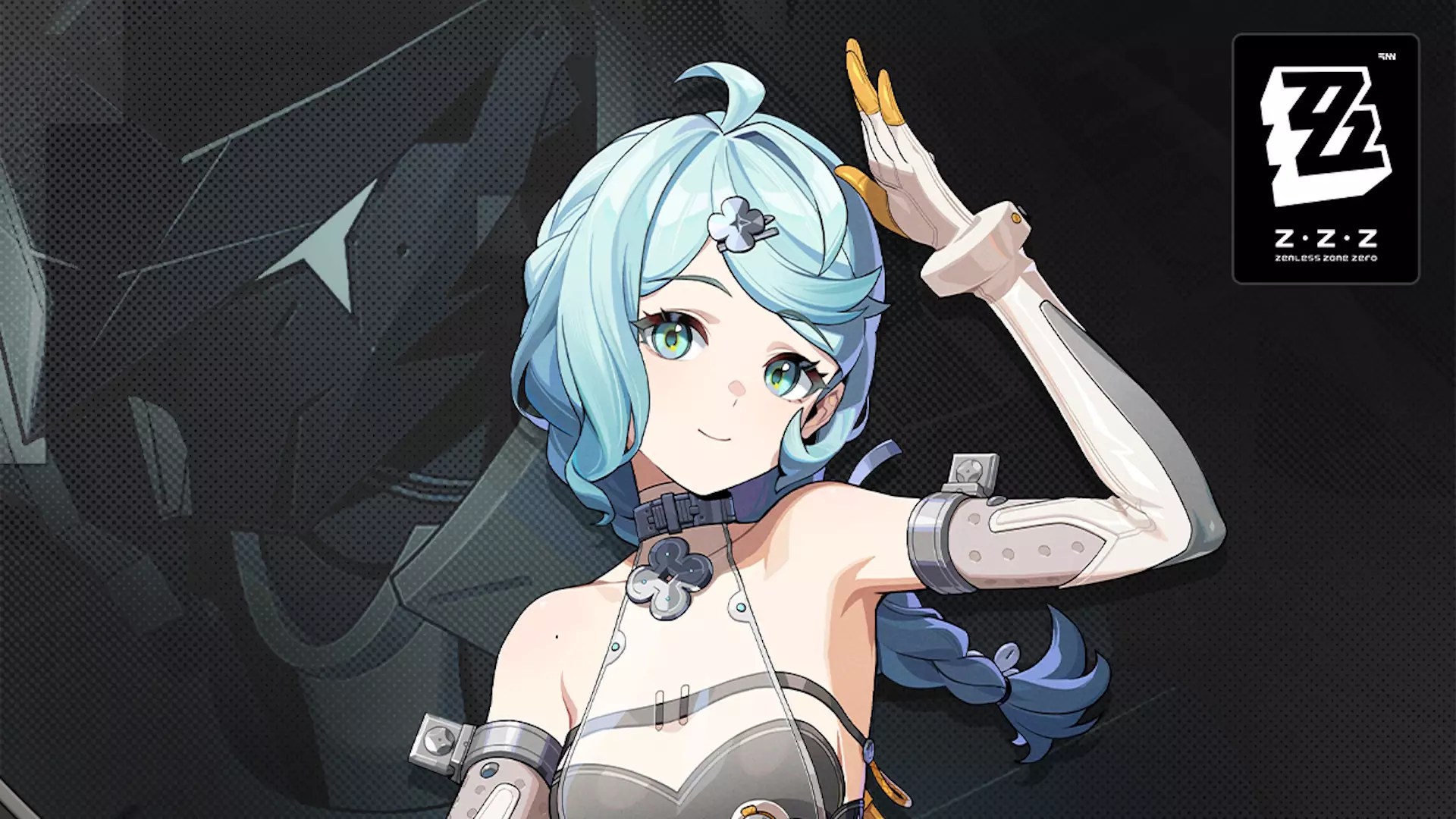Modern video games have increasingly become battlegrounds where bold visual choices and provocative themes clash and coexist. Zenless Zone Zero (ZZZ) exemplifies this trend, pushing boundaries with explicit sexualization that some might interpret as a marketing strategy or a reflection of contemporary cultural attitudes. Its unapologetic display of suggestive imagery, especially in a genre often associated with fantasy escapism, challenges players’ expectations and patience. While some gamers dismiss such content as mere fan service, others criticize it as perpetuating harmful stereotypes or trivializing character depth. Yet, paradoxically, this approach seems to bolster the game’s popularity, suggesting that shock value and controversy can be potent tools for engagement in an overcrowded marketplace.
This raises critical questions about the role of sexualization in game design: Is it a genuine artistic choice, or a calculated effort to attract attention and increase monetization? The answer likely exists on a spectrum. While some developers may genuinely embrace expressive freedom, others exploit sexualized imagery to boost gacha performance or minority appeal. The tension here is palpable; players who prefer more nuanced characters find themselves caught between appreciating the artistry and questioning the motives behind such choices. Consequently, the game becomes a battleground not just for characters and mechanics but also for cultural values and industry ethics.
The Fan’s Eye: The Impact of Visual Fetishization on Character Reception
What sets Zenless Zone Zero apart from similar games is its penchant for overt fetishization—particularly its fixation on foot shots. The recent teaser for Seed, the latest S-rank character, exemplifies this trend. The numerous close-ups of her feet, including an unexpectedly intense shot of her toes as she pilots her mech, have sparked a wave of online discussions. Some players note that this focus borders on the absurd, while others delve into the implications of such visual choices—questioning whether these moments are character-building or simply titillation.
The continued emphasis on body parts, especially in a game that already features exaggerated character archetypes like maids and furries, pushes the envelope. Is this mere fan service, or a power move—an assertion of control over how characters are perceived and fetishized? The community’s response, oscillating between bemusement and critique, reveals a deeper conversation about consent, objectification, and narrative purpose. In essence, such choices serve to emphasize the power of visual spectacle—keeping the players engaged at a superficial level while risking alienation of those seeking genuine storytelling or character complexity.
The Politics of Diversity and Representation in a Fetish-Driven Framework
The character Seed’s reveal reignites a familiar debate: does the game offer meaningful diversity, or is it a tokenistic endeavor? On one hand, her slim, young woman design with her equipment and role as an Electric Attack-type offers a stereotypical visual. On the other, signs hint at future variations, including a likely buff wolf character, suggesting that the creators are aware of the broader spectrum of body types and identities.
However, the broader issue lies in how game developers balance visual diversity with the narrative and gameplay roles assigned to characters. In ZZZ, the emphasis on fit into specific archetypes—slim, curvy, or otherwise exaggerated—is a reflection of industry trends that often prioritize aesthetic appeal over authentic representation. Yet, the game also challenges traditional norms, however subtly, by continually pushing the boundaries of what is considered acceptable or attractive.
The community’s debate underscores a tension: are these characters empowering representations of diversity, or simply constructs designed to titillate? As players become more vocal about the importance of inclusivity, the industry faces mounting pressure to reconcile visual appeal with genuine representation. An evolving landscape demands more than superficial diversity; it urges developers to craft characters that resonate with a broad spectrum of experiences and identities. How well Zenless Zone Zero can navigate this challenge remains to be seen, but its recent trajectory suggests that it will keep pushing societal conversations to the forefront of gaming culture.
The Future of Bold Innovation or Risky Provocation?
The lasting impact of ZZZ’s provocative aesthetic features is yet uncertain. Does the game’s fearless embrace of sexualization and body diversity constitute a form of artistic rebellion, or does it risk perpetuating harmful stereotypes? Its audience, often criticized for their tolerance of blatantly sexualized content, may feel empowered or simply desensitized. Meanwhile, critics argue that such explicit focus can undermine genuine character development, reducing players’ perception of characters to their physical attributes.
However, this controversy also opens up potential pathways for progress. If developers harness the attention surrounding provocative elements to foster broader conversations about representation, consent, and diversity, their influence could extend beyond mere shock value. The key lies in prioritizing intentionality—ensuring that aesthetic choices serve storytelling rather than just spectacle. While Zenless Zone Zero exhibits a fearless attitude toward boundary-pushing, it will need to evolve beyond superficial titillation to truly attain a meaningful cultural impact.
The game’s ongoing struggle with balancing visual boldness and meaningful content exemplifies a broader industry dilemma: how to innovate without crossing into exploitative territory. As players become more conscious of these dynamics, their feedback will shape future titles, pushing developers toward more responsible, inclusive creativity. If entertainment is to mature into a truly reflective and respectful art form, titles like ZZZ must redefine what it means to be daring—embracing controversy not for its shock value alone, but for its capacity to challenge norms and inspire authentic progress.


Leave a Reply